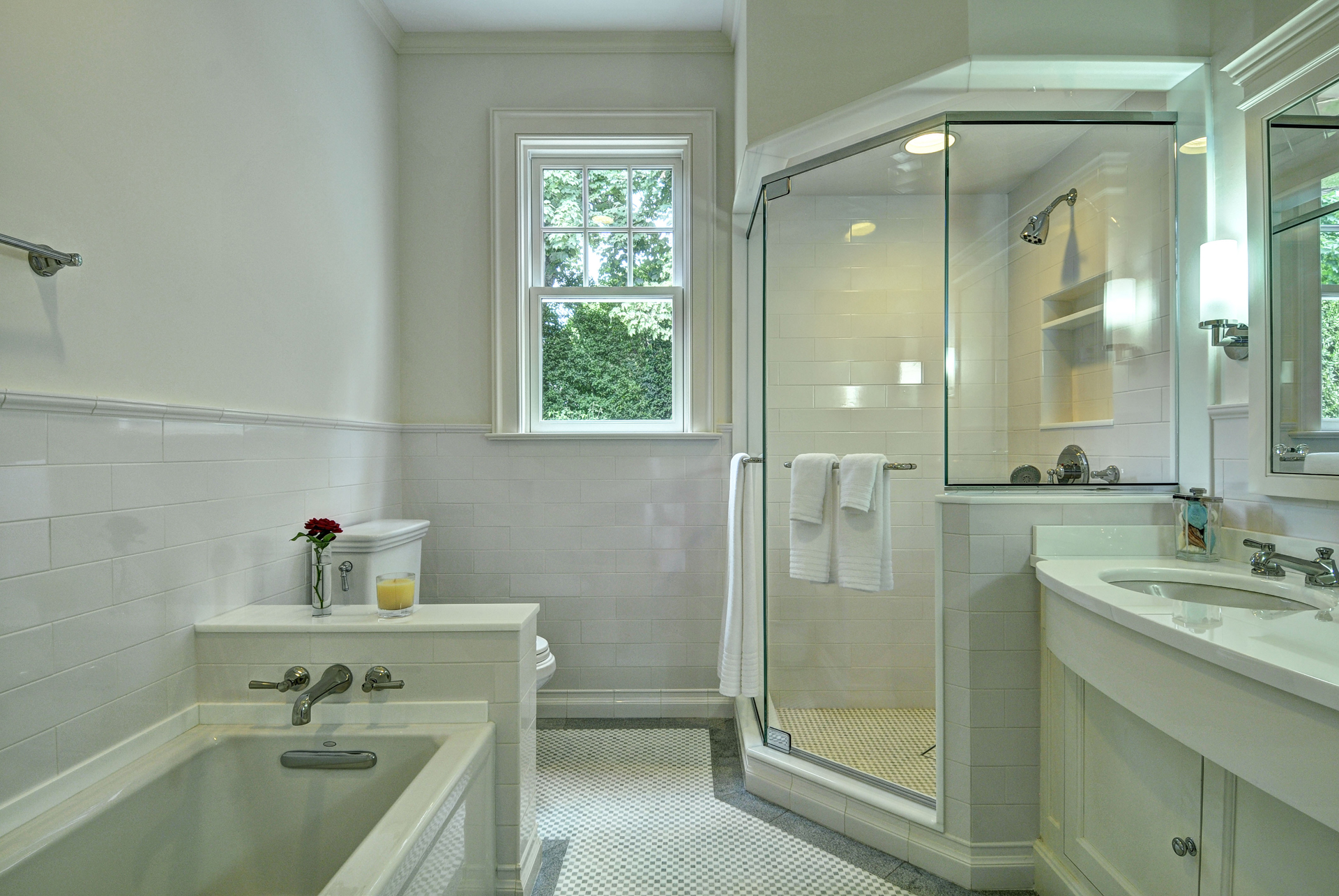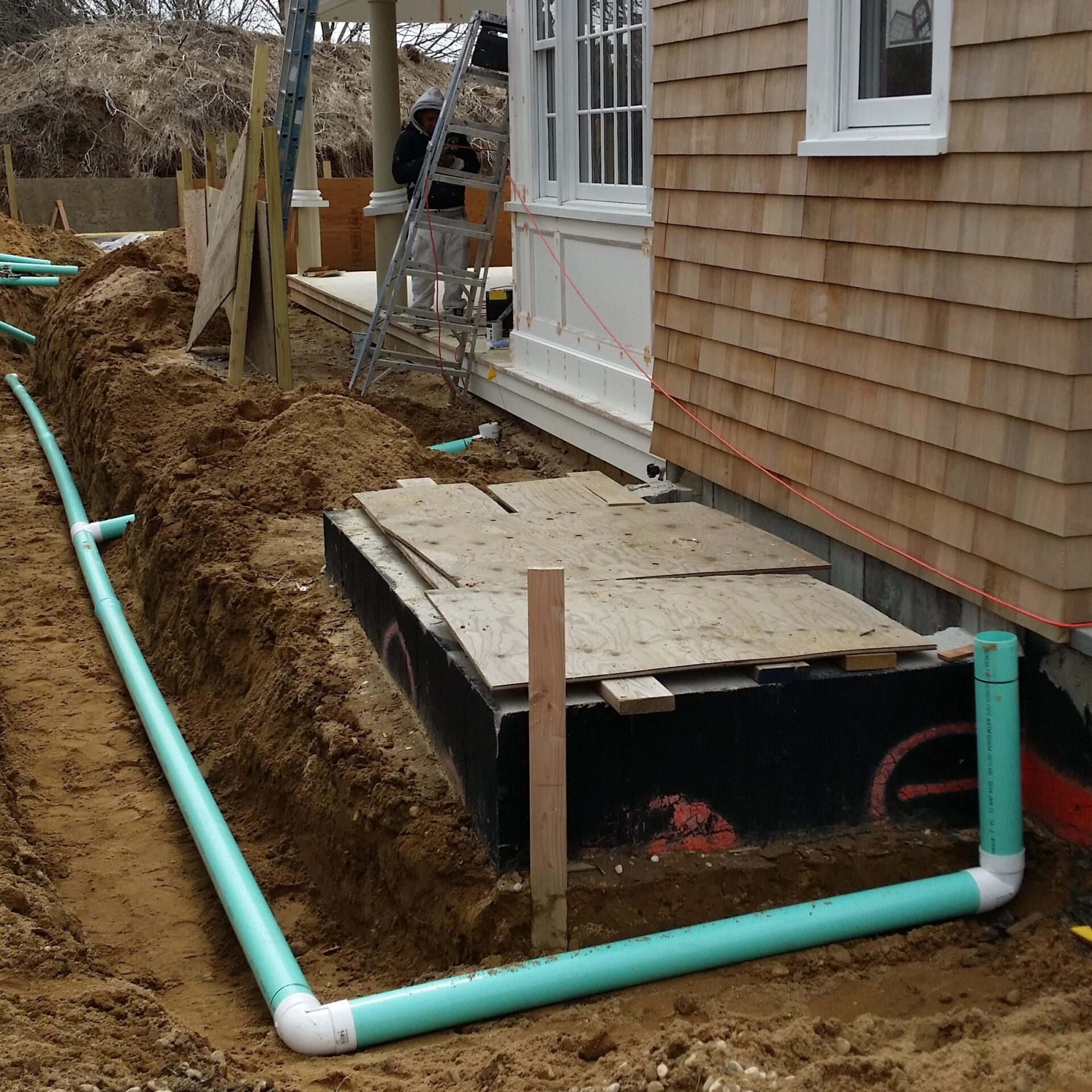LEED for Homes
Energy & Environment Friendly Homes in New York
A LEED for Homes (Leadership in Energy and Environmental Design) is a green design and building program (of the US Green Building Council, USGBC) seeking to provide residents with the peace of mind of living in a healthy environment with maximized energy efficiency. A green home is designed to have a positive impact on energy efficiency, environmental performance, and human wellbeing. LEED is a point-based certification system that measures how well a home performs as a green home. Every phase of construction is third party verified by an independent green rater. LEED for Homes is a seal of quality.
- LEED IS A TOOL
- LEED IS A SCORECARD
- LEED IS A SEAL OF QUALITY
LEED RECOGNIZES PERFORMANCE IN EIGHT AREAS.
- Indoor Environmental Quality - A LEED home is designed to maximize fresh air indoors and minimize exposure to toxins and pollutants.
- Energy Efficiency - All LEED homes are also Energy Star certified. They use between 20% and 60% less energy than conventional homes.
- Water Efficiency - LEED homes use innovative strategies to reduce water
- Site Selection - LEED encourages homes close to schools, shopping, work, transit, minimizing wasted time, and reducing carbon flows.
- Site Development - LEED homes avoid destructive construction practices and protect the site during development.
- Materials Selection - LEED homes use recycled, reclaimed, and responsibly obtained materials everywhere possible.
- Residents Awareness - LEED is proactive in educating homeowners about the homes green features and high performance.
- Innovation - LEED encourages innovative ways to promote durability and promote a high performance home.
Location, Location, Location - Remember that where a home is built is as important as how it is built.
A Tight Envelope - You can keep the winter cold and the summer heat outside by choosing insulation with high R-value and by making sure there are no gaps, cracks, or leaks in your home's envelope.
Smart Materials Selection - From insulation to flooring, homes use a lot of materials. Look for wood that is sustainably harvested, materials that are recycled and produced locally, and the most durable products that won't soon need to be replaced.
A More Natural Yard - Landscaping with native plants prevents nonnative species from taking over. Plant diversity, not monoculture like lawns. Smart landscaping reduces the need for toxic pest control and fertilizer runoff.
Energy Efficiency - High efficiency light bulbs, fixtures, and appliances reduce energy use. Low energy lighting produces less heat, cutting your cooling bills. Programmable thermostats and room by room control allow the right level of comfort without wasting energy. High efficiency windows and doors keep conditioned are inside.
Water Efficiency - You can use less water with Water Sense labeled toilets and faucets. Use high efficiency dishwashers and washing machines. Recycle rainwater to water landscaping. Use drought-tolerant landscaping.
Clean, Fresh Air - Improve indoor air with heat recovery ventilation systems and filtration of outside air coming in. Use low VOC paints and finishes.
Alternative Energy Sources - Install alternative energy sources such as solar panels, geothermal heating, and cooling. Many utility companies allow you to buy alternative energy directly from them.

Water Mill, NY Residence “Green” Attributes
Third Party Tested and Verified:
- Energy Star 5 Star Plus rating
- Leed for Homes – Silver Rating
A Tight/Dry Envelope:
State-of-the-art Moisture barriers and insulation:
Roof:
Double Thickness Pressure Treated Cedar Shakes (50 yr warranty)
Entire roof area has Ice and Water Shield membraneGutters
Durable large 6” Copper Gutters w/ 4” copper leaders draining all roof runoff to dry wells
Dry Wells
(2) 8’ x 8’ drywells engineered to handle all roof and driveway runoff on-site w/ 16 lawn drains
Foundation
“Slow Cured Concrete” Method to eliminate foundation cracking. Ultra dry basement.
Exterior foundation walls and footings sprayed with Elastomeric “Tuff n’
Dri” waterproof membrane
Walls covered with add’l Drain Board “Warm n’ Dri.”
Site graded to whisk water away from foundation
Backfill entire foundation with clean sand.
Insulation
Spray in foam insulation (closed cell) 2-4” thick on all roof, wall and basement wall surfaces. Additional layer of Roxul “Rock Wool” for better insulation, fireproofing, and sound attenuation.
HVAC ducts fully sealed and tested
HVAC ducts insulated in attics/basement
All water pipes insulated R4 throughout
Showers use concrete board, (ultra dry) and long lasting custom fiberglass shower pans.Lighting
Air Sealed Recessed Lighting Fixtures
Painting
All windows, doors, and woodworking double primed on all sides for durability. Total 4 plus coats.

Energy Efficiency
HVAC
Professionally Engineered and Tested HVAC System
12 Zones Heating and Cooling
Internet Controlled Thermostats
Radiant Heat Bathroom FloorsWindows
Energy Star Windows and Doors, Double paned, Low e, Argon filled by Le Page – also blocks UV rays and minimizes condensation buildup
Appliances
Energy Star Appliances
Lighting
Energy Star, Dark Sky, and CFL Light Fixtures
Insulation
Entire interior space insulated roof to basement. Spray on Foam and Roxul Rock Wool. Roof, R 50, Walls, R-30, Basement R -20
Wine Cellar
Custom designed with closed-cell spray in foam insulation surround, 4 inches thick insulated door, passive cooling in basement, minimal cooling required.
Alternative Energy Sources
Geothermal
Heating and Cooling System for the entire house
Solar
Panels 5200 kW system
Pool Pergola
Designed to hold 20 black on black solar panels with a dual purpose of electricity creation and shade outdoors.

Water Efficiency and Management

Water Sense
Plumbing Fixtures and Fittings
Enhanced Irrigation Techniques
to conserve water usage: 5 Zones, check valves, head to head, drip irrigation. Rain sensor timed clock, pressure regulator. On site well for irrigation water.
Energy Star
Washer and Dishwasher (uses less water)
Large Dry Wells
All runoff contained in site
Clean Fresh Air - HVAC System
Air Filtration
Merv16 air filters on all intake
Heat Recovery Ventilation (HRV)
custom designed to continuously remove stale air from bathrooms and replace with fresh conditioned air 24 hrs/day
Humidification System
Central system
Garage Door to house sealed to prevent vapor leakage

Smart Material Selection
Low VOC paints
Green Label Plus carpet
Local bluestone
Local gravel
FSC certified lumber
Pre-engineered beams
A More Natural Yard
Light colored local gravel permeable driveway
Drought Tolerant Plantings (local and native)
Drought Tolerant Lawn
Shade garden on North Side
Shade areas mulched, not planted
All Shrubs mulched
No Invasive Plants
Original topsoil stockpiled, protected and redistributed on site
Green Building Process
Detailed Framing documents
lumber cut sheet less than 5% waste factor
Recycled
98% of job site waste sorted and recycled
Third-Party
inspection for Leed for Homes/Energy Star by independent green rater
Slow Cured Concrete
to prevent cracking
Pre-Dried Framing
before wall finishing to prevent settling and cracking
Drywall
Glued and mechanically screwed to eliminate cracking.
Site Protection
Site Top Soil and existing plants and trees protected with hard barriers during construction